
Corruption Allegations Surround Construction of Pokhara Airport Funded by Chinese Loan; CIAA Investigates
The Commission for the Investigation of Abuse of Authority (CIAA) has alleged financial irregularities in the construction of Pokhara International Airport and has taken control of all project documents. The Authority seized these documents on October 29, stating that it was necessary to investigate issues such as the doubling of the airport construction cost and manipulation of the contract process for construction, according to an authoritative source.
Numerous complaints had been filed against Pradeep Adhikari, the Director General of Nepal Civil Aviation Authority, accusing him of contributing to the cost escalation of Pokhara Airport, allowing subpar construction work, and colluding with the construction company. In response to these allegations, the CIAA conducted a raid on the Pokhara International Airport construction project on October 29, shortly after the Dasain festival. The documents were seized after several complaints were received by the commission, according to CIAA sources.
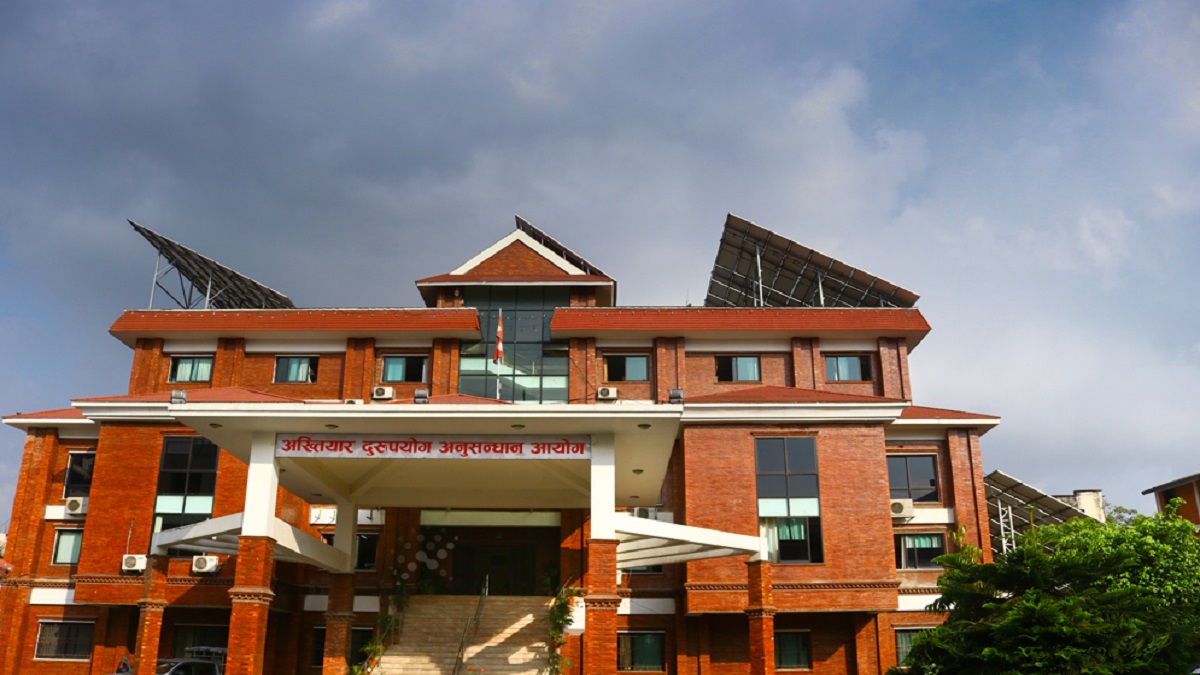
Additionally, some bank accounts belonging to employees working on the project have been frozen, although no specific information about these employees has been disclosed. A source stated that the construction of Pokhara Airport used poor-quality materials and resulted in significant losses for the state due to issues with the tender process and other factors. As a result, the CIAA has initiated an investigation into these matters. The source stated that an investigation has been launched, and the duration required to complete the investigation remains uncertain. The authority deployed a technical team and seized the documents. Binesh Munkarmi currently heads the Pokhara airport project.
The initial estimated cost of Pokhara International Airport was NPR 12 billion, but it later increased. At that time, Pradeep Adhikari was the Chief Project Officer of the airport project, and he currently serves as the Director General of Nepal Civil Aviation Authority. It is claimed that he significantly raised the project cost from NPR 12 billion. Despite the airport’s capacity to accommodate three international and eight domestic flights, it has yet to host international flights. The authority raised concerns about the airport project’s cost estimate, which had been unnaturally escalated from NPR 24 billion. The cost was funded by Exim Bank, with NPR 22 billion provided at a 2 percent interest rate and NPR 2 billion as a subsidy. The then Chief Project Officer awarded the contract to the Chinese company CAMC Engineering Company for the construction of Pokhara Airport. Sources assert that he also arranged for Nepali contractor Kshama Devi Construction to form a joint venture with CAMCE Engineering Company.
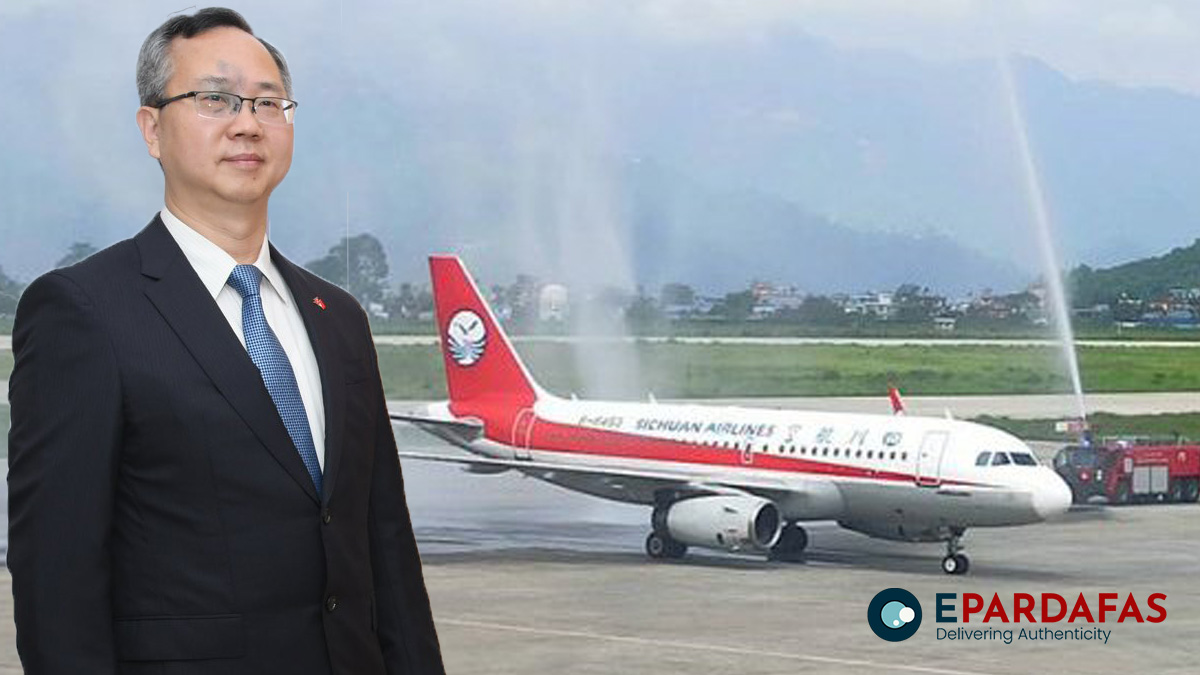
The government initially secured a concessional loan from Exim Bank at a 5 percent interest rate, but it later agreed to a 2 percent interest rate in collaboration with the Civil Aviation Authority. The loan repayment terms stipulated that the Nepal Civil Aviation Authority would pay back the 22 billion rupee loan at a 2 percent interest rate over seven years after construction completion. Following the seven-year period, the principal amount would be repaid over 13 years in 26 installments. The complaint alleges corruption in the airport’s construction, given the substantial expenditure.
It’s worth noting that the Pokhara airport was recently handed over to the government after construction commenced on July 18, 2016, following an agreement between the government and the Chinese state-owned contractor CAMCE.
To fund the airport’s construction, the government signed an agreement with China’s Exim Bank in 2015, securing a loan of 1.37 billion Chinese yuan. A notable feature of this loan is the exemption from a 25 percent interest rate, amounting to 344 million 46 million 85 thousand yuan. The remaining amount incurs a 2 percent interest rate, which is relatively high compared to loans from international donor agencies, typically featuring interest rates below 1 percent. This loan encompasses a grace period of 7 years and is to be repaid over a 20-year term.
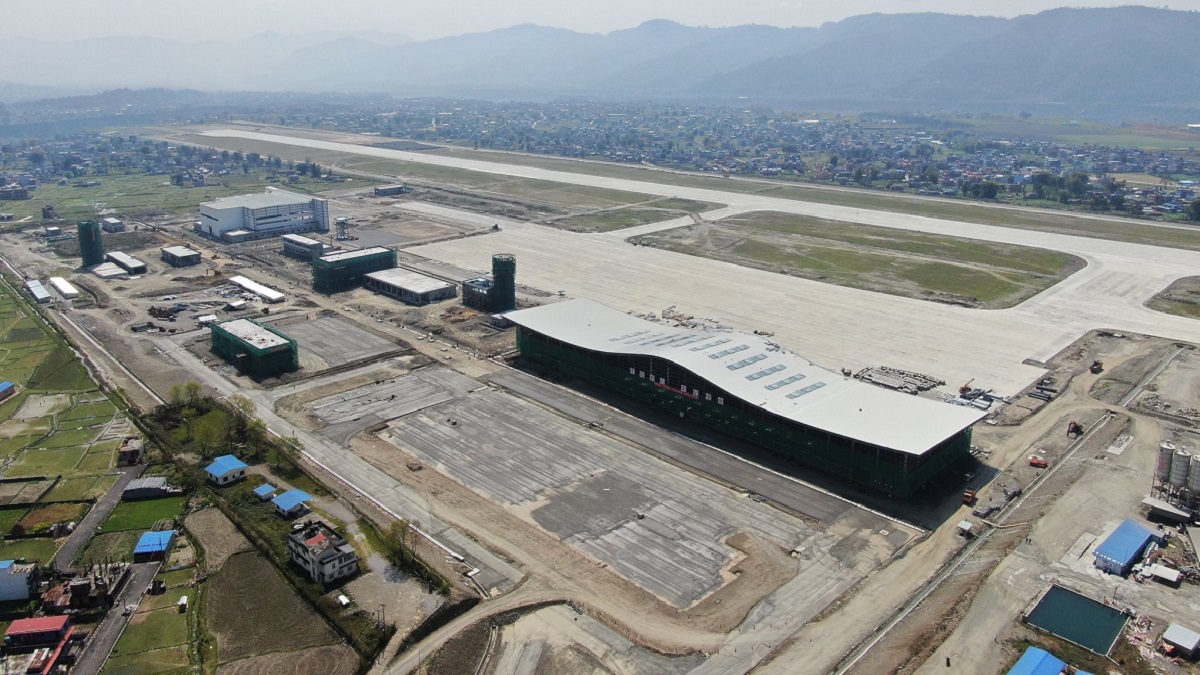
Concerns arose when it was revealed that the handover occurred without the installation of crucial equipment at the airport. The Instrument Landing System (ILS), a vital component for aircraft landings, was only installed post-handover. An unfortunate incident involving a Yeti Airlines plane took place in Pokhara before the ILS was operational.
The ILS equipment was eventually installed on February 23. However, the airport had already been inaugurated by Prime Minister Pushpa Kamal Dahal Prachanda on January 1. A Yeti Airlines plane had previously crashed near the airport on January 15.
The preliminary findings of the government’s inquiry committee investigating the accident revealed that the primary cause of the plane crash was the non-deviation of propeller blades in both engines, which remained at a 90-degree angle. Furthermore, it was disclosed that the ILS equipment was only activated after the accident occurred. The ILS plays a critical role in facilitating safe landings, especially in adverse weather conditions.
The work of Pokhara International Airport had already started even before the BRI scheme enters Nepal. In 2012, an agreement was reached between Nepal and China to build the airport in Nepal. In May 2014, two years before the loan was agreed, China CAMC Engineering was given the construction contract, at a time when China’s BRI was in a nascent phase. Chinese President Xi first announced the idea of BRI in 2013 as ‘One Belt, One Road’.
After Nepal and China signed the framework agreement on BRI in 2017, Nepal had initially selected 35 projects to be undertaken under Chinese President Xi Jinping’s flagship connectivity project. Later, upon Beijing’s request, the total number of projects was whittled down to nine with Pokhara airport off the list.
Prime Minister Pushpa Kamal Dahal ‘Prachanda’ on January 1 inaugurated a regional international airport built with the Chinese assistance in western Nepal’s tourist hub of Pokhara.
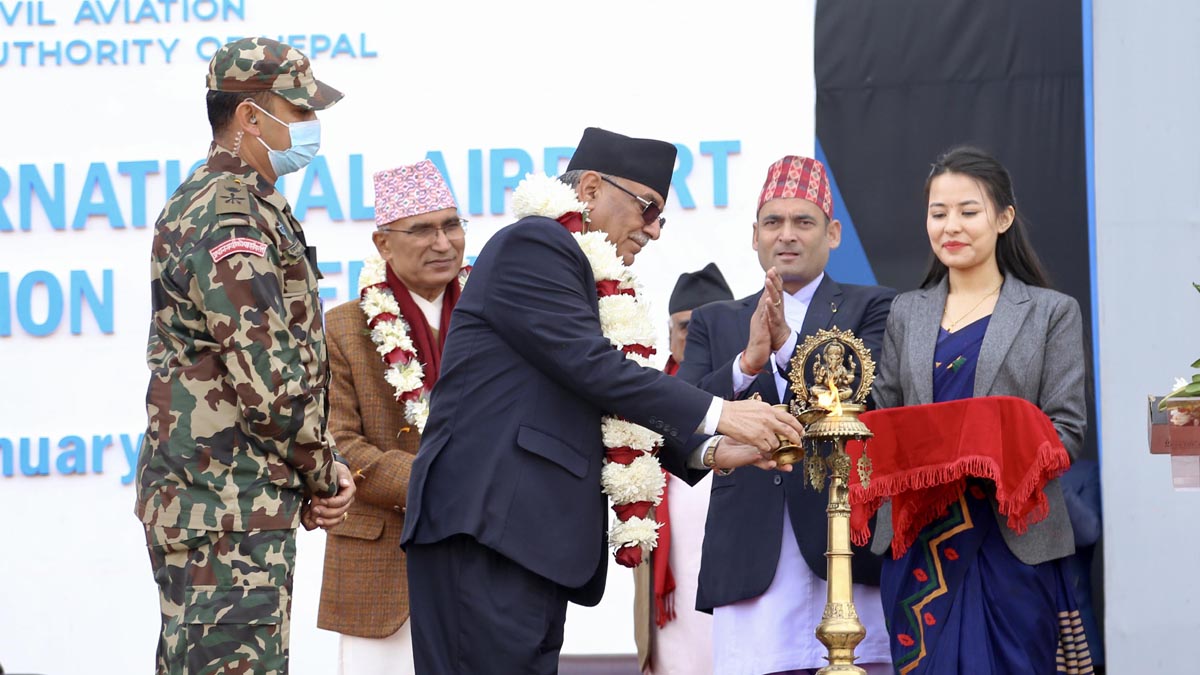
Ever since its inauguration, Pokhara Regional International Airport has been only catering to domestic flights, connecting the beautiful city of Pokhara with various destinations within Nepal.
Six months after the airport came into operation, the first international flight landed at Pokhara Regional International Airport (PRIA) in Kaski in 21st Jun 2023. A narrow body A319 of Sichuan Airlines touch down in Pokhara, with a scheduled flight from Chengdu Airport in China.
An earlier report from the Office of the Auditor General had highlighted issues related to negligence in the construction of physical structures at the airport. Aviation experts had cited these issues as contributing factors to the accident. The report identified challenges related to the airport’s proximity to rivers, waste disposal sites, the presence of wildlife, and a lack of adequate space for large aircraft landings.
Furthermore, the Auditor General raised concerns about runway construction. According to the report, a 30-meter cut was needed on the east side of the runway at the height of 1.5 km. The gravel material excavated from this height reduction was utilized in the runway’s construction, eliminating the need to transport material from a distance. The Auditor General has recommended a thorough analysis of the impact of this decision.
The report from the Auditor General also raised concerns about contractual compliance during construction, runway construction errors, increased costs borne by the state, and additional expenses attributed to consultancy services.
The construction of Pokhara International Airport commenced in August 2016 through an agreement with the Chinese state-owned contractor CAMCE, with a total budget of $244 million, including value-added tax. By the end of the previous year, $209 million had been disbursed to the construction company.
While the contract stated that the builders were responsible for taxes, fees, and charges, both inside and outside Nepal, the Auditor General’s report suggested that the project was included in the master list and granted exemptions, despite no such provisions in the contract.
The Auditor General also raised questions regarding the runway’s construction, particularly the removal of 30 meters of the chinedanda’s height on the east side of the runway. The gravel resulting from this excavation was utilized in constructing the runway itself, eliminating the need to transport materials from a distance. The report called for an analysis of the impact of this approach.
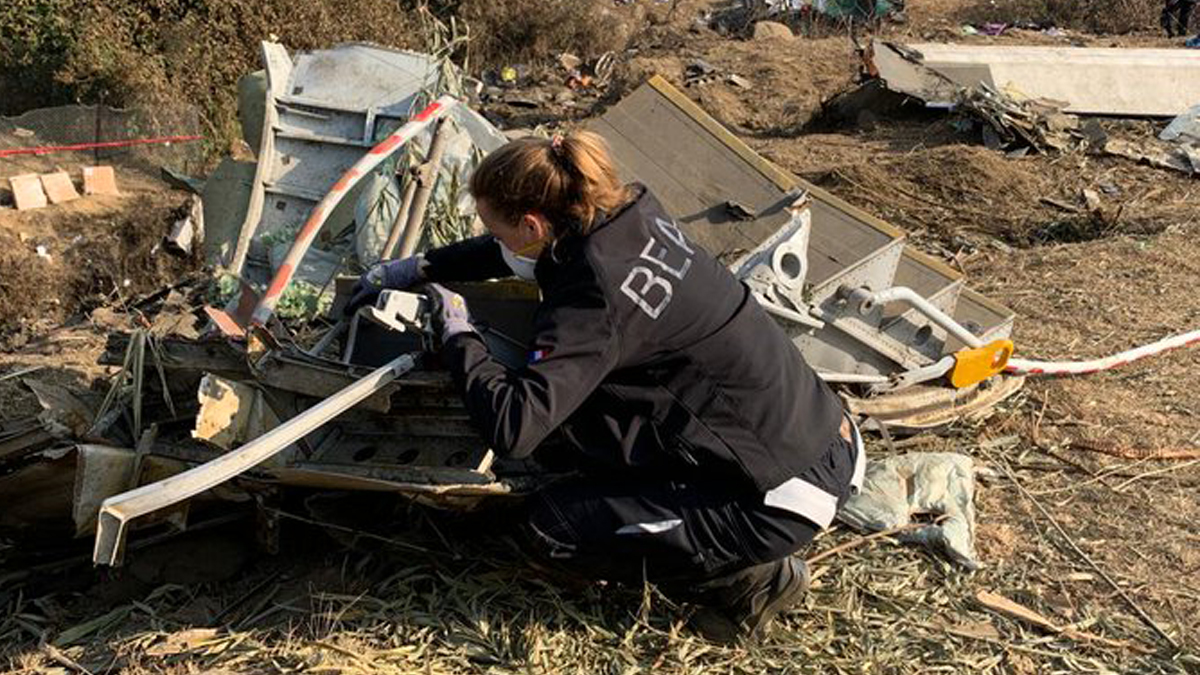
The airport’s construction was funded by a loan of 1.37 billion Chinese yuan from China’s Exim Bank, with a 25 percent interest waiver. The remaining amount carried a 2 percent interest rate, considered relatively high compared to loans from international donor agencies. The loan has a grace period of seven years and a repayment term of 20 years.
Noted that, On January 15, the plane of Yeti Airlines had an accident while approaching the airport. According to the initial report of the inquiry committee formed by the government to investigate the accident, the initial cause of the plane crash was that the propeller blades of the crashed airlines were in the feathered position which caused the aircraft to lose thrust and fall. According to experts, the propellers on an aircraft ‘feather’, which means the propeller blades are rotated, to reduce drag when engine power is lost. In this position, the plane is not being pushed forward and it stalls.
All 72 people on board were killed in the accident in Pokhara that occurred in clear weather.

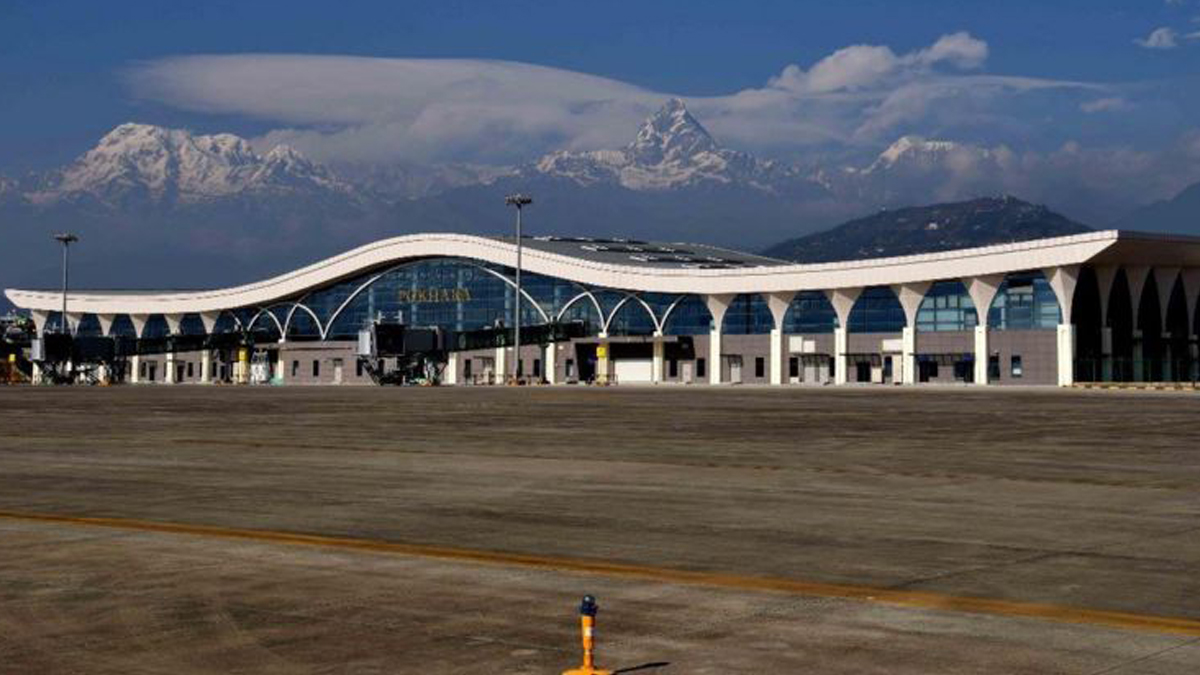



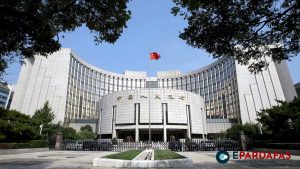
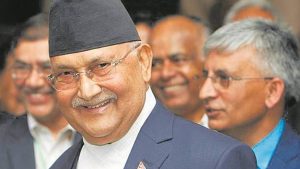






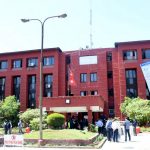
Comments